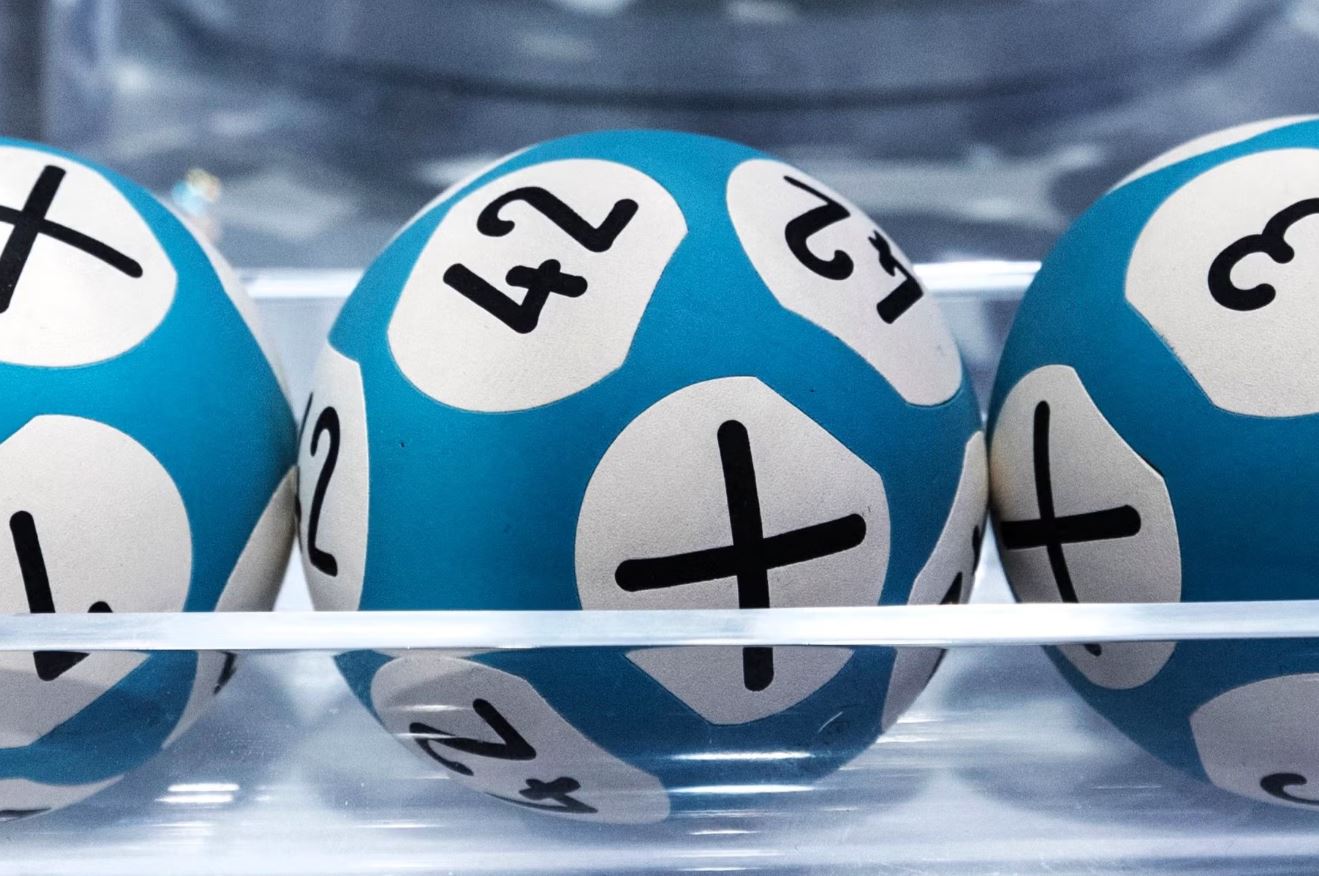 In an exciting leap forward for cryptography and scientific simulations, researchers have achieved something remarkable: certified randomness using quantum computing. This milestone was reached through the combined efforts of JPMorgan Chase, Quantinuum, Argonne National Laboratory, Oak Ridge National Laboratory, and the University of Texas at Austin.
In an exciting leap forward for cryptography and scientific simulations, researchers have achieved something remarkable: certified randomness using quantum computing. This milestone was reached through the combined efforts of JPMorgan Chase, Quantinuum, Argonne National Laboratory, Oak Ridge National Laboratory, and the University of Texas at Austin.
Let’s face it, traditional random number generators just aren’t truly random. They rely on predictable algorithms or physical processes. But now, we’ve got a game-changer. The new protocol taps into Quantinuum’s 56-qubit System Model H2 trapped-ion quantum computer to churn out random numbers that can actually be verified by classical supercomputers.
Here’s how it works: A classical supercomputer kicks things off by sending complex quantum puzzles to the quantum computer. These puzzles are no small feat for classical machines, requiring massive time and resources. By harnessing quantum mechanics, the classical computer predicts the probability distribution of possible outcomes, which the quantum computer then uses to create a series of bit strings.
Once the quantum computer has done its job, the outputs go back to the classical computer for a check. If the results align with what the classical computer predicted and are generated in a timeframe that only a quantum computer could manage, then the randomness is certified. This means you don’t have to just take the quantum computer’s word for it.
Quantinuum’s quantum system managed to complete each circuit in just two seconds. To put that in perspective, the Frontier supercomputer at Oak Ridge National Laboratory would take about 100 seconds for the same task. That’s a huge difference, showcasing the quantum computer’s efficiency.
The research team confirmed they generated 71,313 truly random bits, using an impressive computational load of 1.1 ExaFLOPS. This is way faster than what IBM’s Summit supercomputer can do, highlighting just how advanced this quantum method is.
This project, which started as an effort to establish quantum supremacy, has now shown a real-world application of quantum computing. Scott Aaronson from the University of Texas said, “When I first proposed my certified randomness protocol in 2018, I had no idea how long I’d need to wait to see an experimental demonstration of it. This is a first step toward using quantum computers to generate certified random bits for actual cryptographic applications.”








